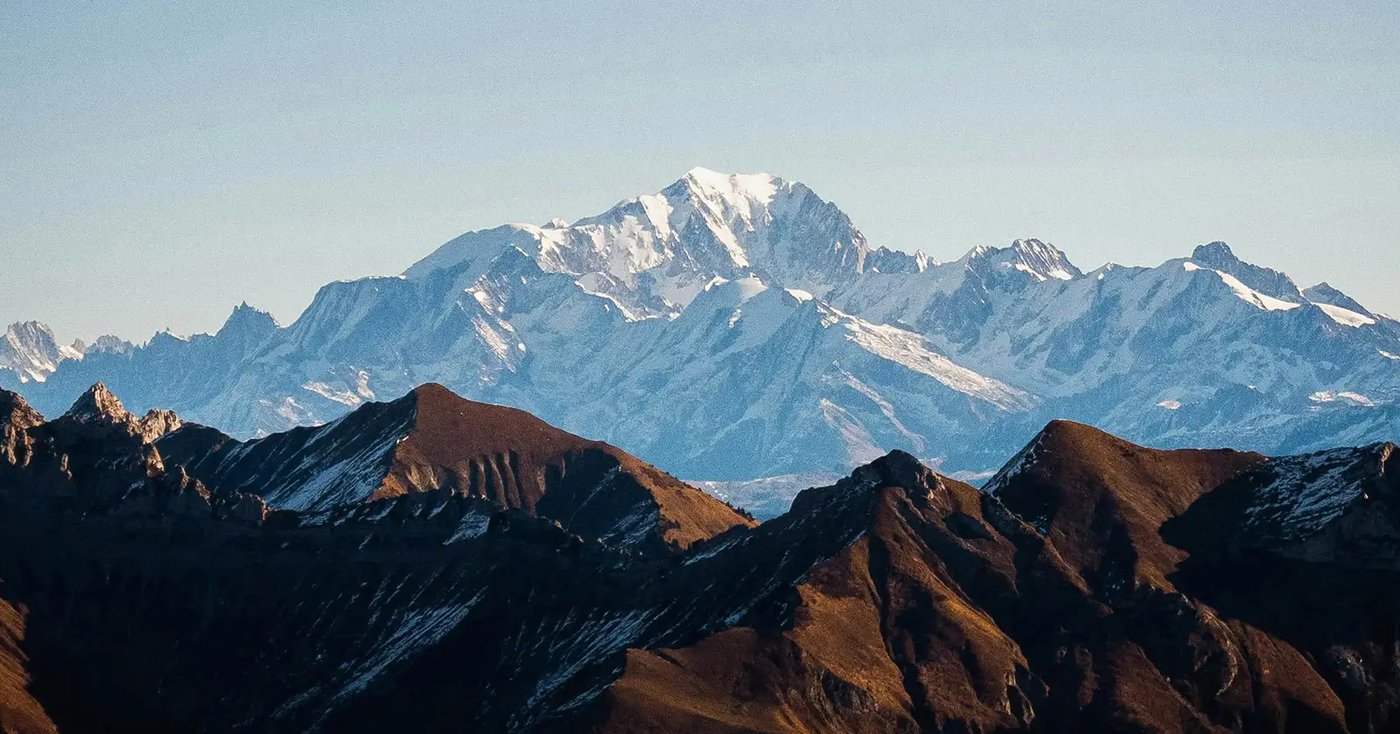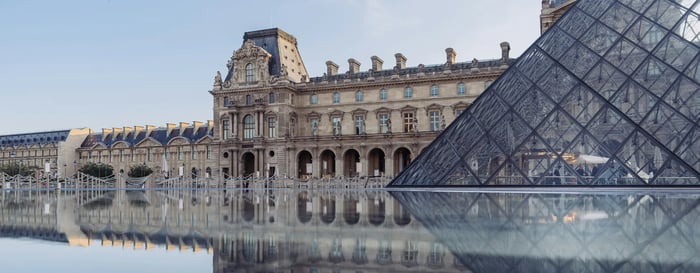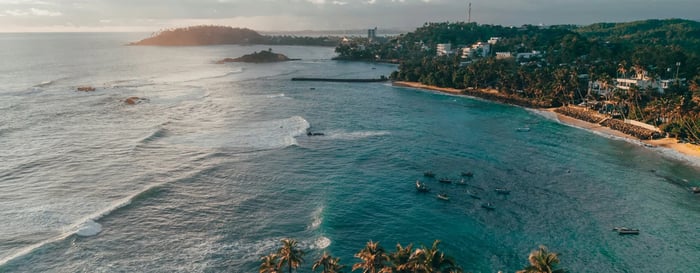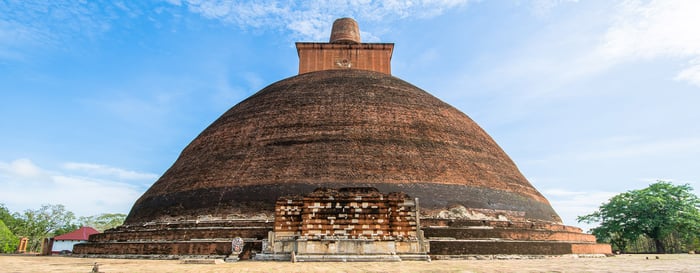FASHION BRAND CELEBRATING ASIA'S ARTISANS
written by Lightfoot TravelVogue, Cool Hunting and Marie France are just three fashion brands who have fallen in love with Singapore’s Matter Prints. Two years ago Renyung Ho and her friend Yvonne Suner chose to combine their love of fashion and travel and launch a lifestyle brand for the modern nomad. The idea behind the brand was that they would create pieces with stories to tell… so when Renyung Ho set off on her latest buying trip, we asked if we could tag along… Until now Ho and Suner had worked mainly with artisans in India as this is where personal travel had taken them (namely a tuk tuk ride across the country for Ho), but after meeting an Indonesian designer in Shanghai, they decided to take a shopping trip closer to home… Ho tells us about how they came to fall in love with the world of batik…

It was quite serendipitous… an Indonesian designer passionate about batik knew that it would be the perfect fabric for us and got in touch to see if we wanted to collaboration. From her home in Shanghai, Lyla flew with us to Indonesia to introduce us to artisans in the batik areas of Pekalongan and Semarang in Central Java and Cirebon in West Java.
We have already established a strong artisan network in India and we have always wanted to expand and work with other techniques. Indonesia became the next logical step to explore because of the technique of batik. It is very similar to block printing in India, and Indonesia also has a strong base of artisans, which makes it easier for us to establish long-term partnerships in the area.
To find my perfect print, I flew from Singapore to Jakarta and then took a train to Cirebon. From here I took a car to Pekalongan and Semarang. They say it’s not about the destination, but the journey to get there and on this occasion it was both…
West Java is a beautiful place – the towns themselves are like the usual developing towns of Southeast Asia. But in the villages where most of the artisans are based, it is quiet, children play in the streets in between homes, and doors are all open. It is an agricultural society and most of the artisans practice farming as well as craft.
It was in West Java where I met Mr Hasan and his wife. It is not so much a handicraft company, but a husband and wife team who have been practicing batik professionally for about 20 years. Their main source of income is their small holding that they look after. The batik provides a supplementary income.
But their batik knowledge is just as rich as the knowledge about their land. While their startup maybe relatively new, their expertise has been passed down for three generations.

Mr Hasan and his wife are not the only ones who are able to run a small business from their home. Thanks to a local Indonesia company who wanted to help keep the history of batik alive, the villagers help receive support to practice their traditional craft.
Mr Hasan’s “factory” is their home. Their living room is a showroom and studio, and in the back part of the house there is a small area for washing and drying of the fabrics.
It’s only themselves that are officially employed – depending on the work and demand they then coordinate with other households in the village to portion out the work. The entire village has been engaged in batik printing for many generations.
Batik as a technique has existed since 4th century BC, with its roots were in Egypt. And while batik tools have been improved upon, the technique largely remains the same. Mr Hasan and his wife were more than happy to show us how to do batik and how to recreate this ancient craft. They start by boiling the wax in a pot, and then poured the rich colourful liquid into an array of metal wax cups with pointed tips. The cups would turn into mini fountain pens, which they used to draw the wax on the fabric to resist dye.

Depending on the design, Mr Hasan will first trace the design onto paper, and then translate that onto fabric with hot wax. The fabric is then dipped into dye a few times to achieve the desired shade. Thereafter it is washed so that the wax dissolves. This is for a single colour design.
Many batik motifs hold multiple messages and meaning, such as power, authority, blessings of love, promises of fertility and so on… In the old days the type and colour of batik you wore indicated your status in society as well as a stage in life, for example being newlywed. While these designs were very precious to them, Mr Hasan and his wife were very eager to share them with us. The stories of designs and motifs are already fading so it’s exciting for us to be able to continue that.
While Mr Hasan and his wife did not speak English, we communicated through the Indonesian designer, Lyla. They told us about the batik motifs and also about indigo dyeing, which as a craft in natural dye is difficult to find.
Looking at the natural dyed was the most inspiring – it has a tone and lustre that deepens with age and cannot be replicated.
Our designer Lyla had created three designs based on traditional motifs. It was exciting for Mr Hasan and his wife as the designs were unlike any they had done previously. It gave them the chance to innovate and try out new techniques to execute them. This often proves to be the longest part of the process as it’s a learning curve for both of us as we try to translate a new design onto fabric. We can be working with different artisans for a while developing different fabric types and tweaking designs.
While we’re still in the sampling stage, the trip was undoubtedly as success. Not only did it give us the chance to discover a new craft, but it also gave us the chance to discover a country so close to home. In between travelling to meet artisans, we also took the time to wander around the villages and sample some of the delicious food. We fell for the local nasi padang or Indonesian mixed rice served up at street stalls, and were wowed by the immense mix of vegetarian options with the best sambal belacan. Now what could make a trip better than that?
Ren taking Matter Prints pants on tour
Gourmet Tour of Bordeaux and Paris
- Visit Saint-Julien to learn how to taste fines wines
- Tour Bordeaux to sample the finest wines in various appellations
- Experience the subterranean church and cemetery at Saint-Emilion
- Sample cognac and learn how to pair it with food in the Cognac region
- Enjoy a private cruise on the River Seine followed by dinner at a renowned Parisian restaurant
Tea Plantations and Coastal Hideaways
Sri Lanka's Hill Country Sri Lanka's Southern Beaches Sri Lanka Indian Subcontinent
- Experience one of the loveliest train journeys in the world, from Colombo up to the Hill Country
- Explore the countryside surrounding Ceylon Tea Trails
- Spot blue whales and dolphins from the coastal town of Mirissa
- Wander through the streets of Galle Fort, shopping for local artwork
- Go on a day trip to Yala National Park to look for Sri Lankan leopard
The Golden Triangle & Beyond
- Witness Jama Masjid, the largest mosque in all of India
- Tour Agra Fort and the magnificent Taj Mahal
- Visit the City Palace which boasts the world’s first Silver Museum and world’s first Royal Instrument Museum
- Witness the Dabbawalas at work, the Gandhi Museum and Lalbagh Market in Mumbai
- Relax on the golden beaches of Goa








